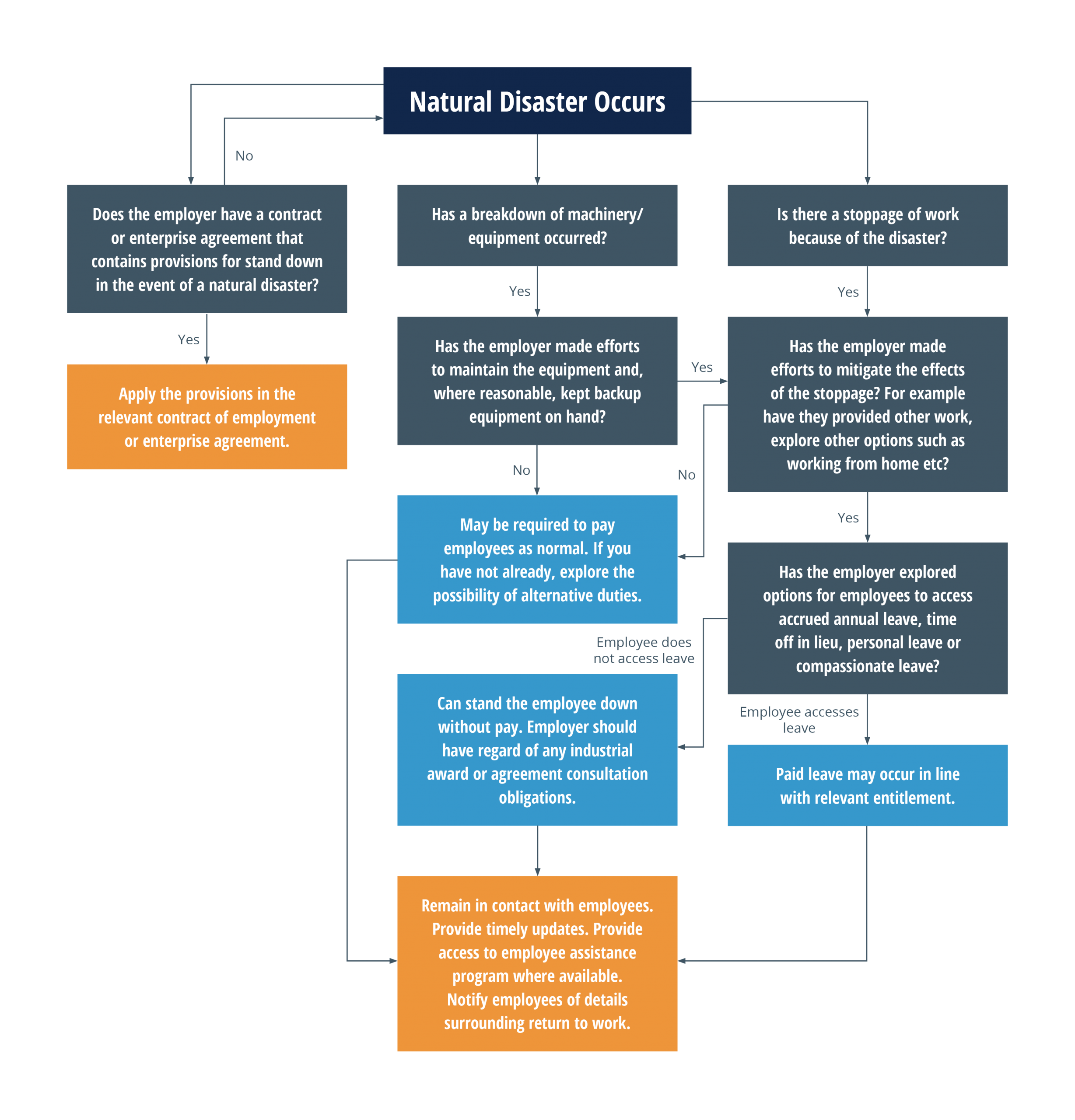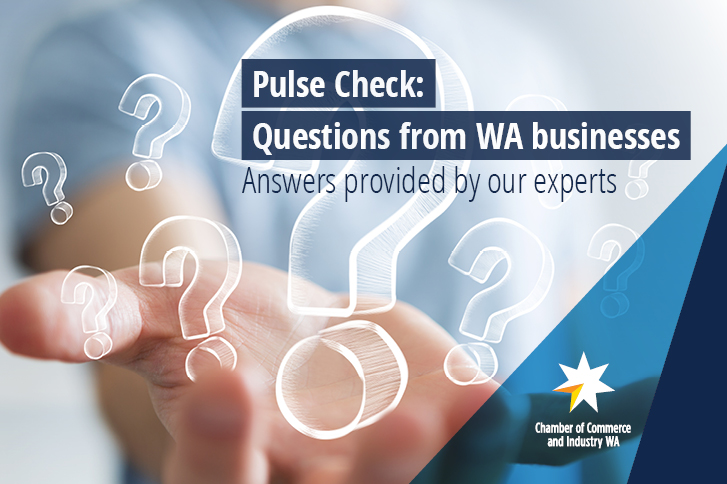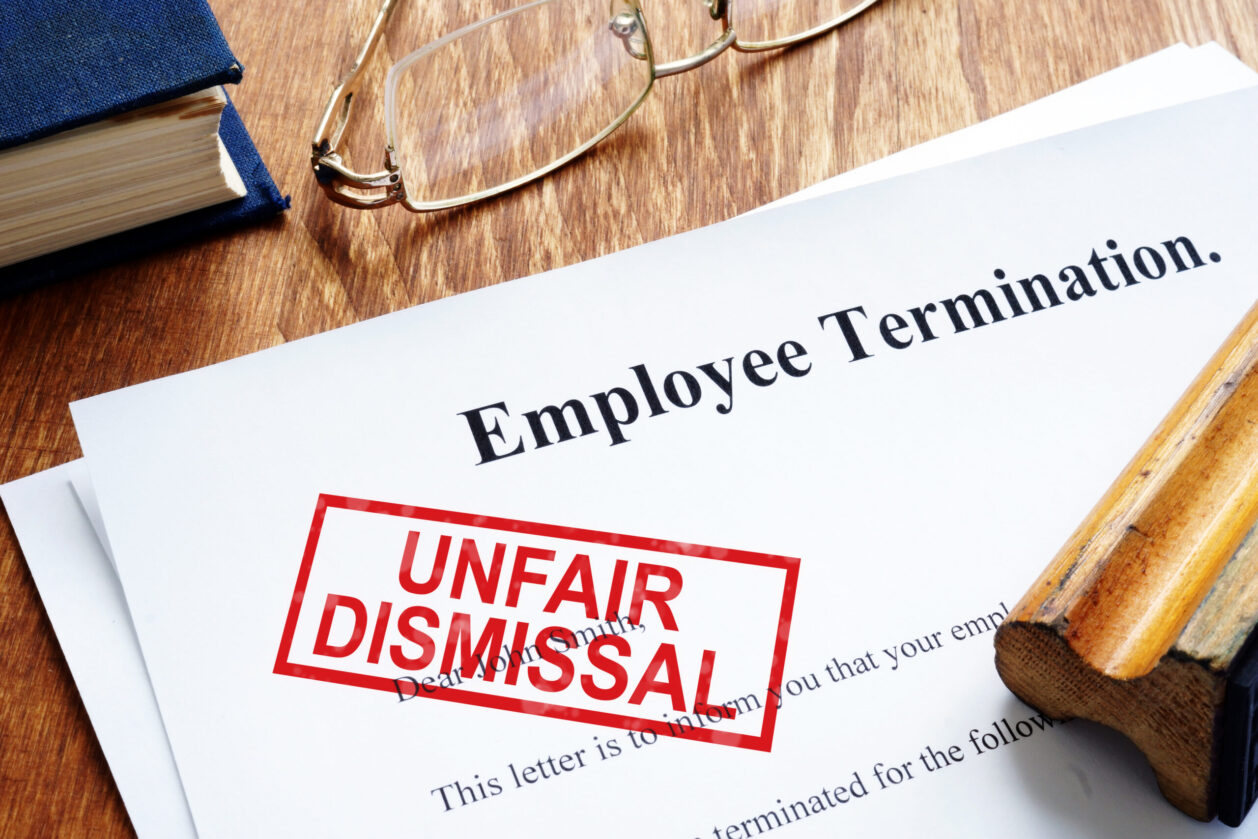Fire can create health and safety risks at work, even in its aftermath: if you're running a business, there are some key safety issues you'll need to be aware of, and considerations to work through.
CCIWA Workplace Health and Safety Practitioner Matt Butterworth discusses what to do if your business is affected.
Emergency Recovery
Fires, including bushfires, can continue to be a threat to the health and safety of people even after they are extinguished.
If your business was affected by the fires experienced across the Perth metropolitan and South West areas this summer, or if you operate a business in a high risk area of bush fires, be aware of the risks that can result from:
- Hazardous materials;
- Asbestos (fibre) exposure
- CCA (Copper Chrome Arsenate) treated timber ashes
- Medicines
- Chemicals
- Metal and other residues
- Electrical hazards, such as live power lines that may be down; and
- Unstable buildings or structures
Asbestos reminder
If you believe your building may contain asbestos (i.e. generally this is the case if the structure was built before 1988 and up to 2003 when asbestos use was eradicated) then you should treat it as though it does.
If your workplace has been affected by a fire, DO NOT attempt to clean up until you are assured there is no asbestos or you have managed the risks of asbestos exposure in accordance with the relevant Codes of Practice.
Before visiting or returning to your property, you should:
- consult with DFES, your Local Government and the Department of Health;
- contact your utility supplier to inspect and repair any damage to your service and have them reconnected.
- contact your insurance company, they may be able to help you with crisis accommodation, food and incidentals. Report any loss or damage to your property as soon as possible.
- wear protective clothing (including face masks if there is a risk of exposure to dust, ash or fibre); and
- wet down ash and debris with water before disturbing your site.
Further information on emergency recovery can be found here.
The steps to take after a natural disaster

Useful Resources
The WA Health Department has released an information sheet to assist those affected in understanding the risks, post fire. The information sheet can be accessed here.
You may also be eligible for relief assistance through the Lord Mayor’s Distress Relief Fund which has been established to help those affected by the Wooroloo and Hills Bushfire.
For further information about workplace health and safety risks, fire bans, and safe working conditions, contact CCI’s Safety and Risk Services team at CCIWA on (08) 9365 7415 or email: [email protected].






